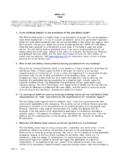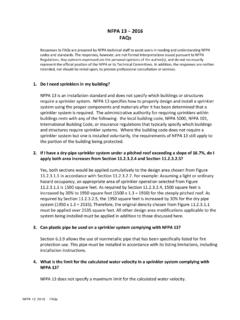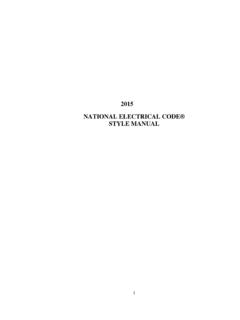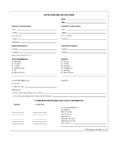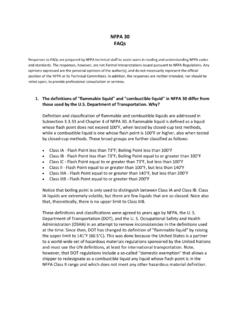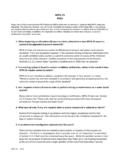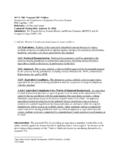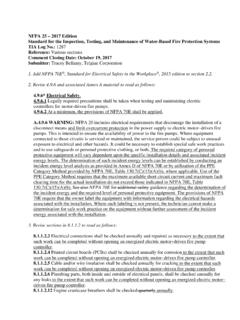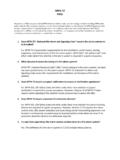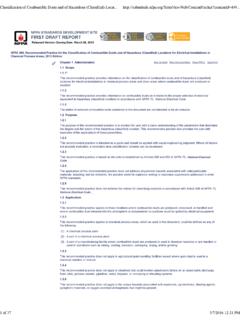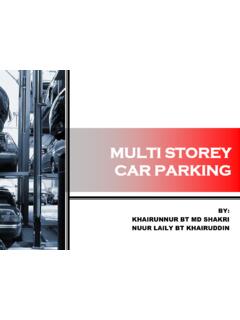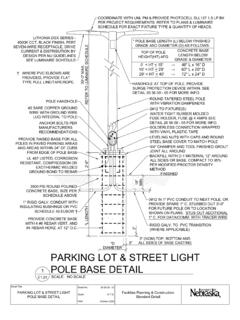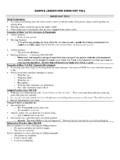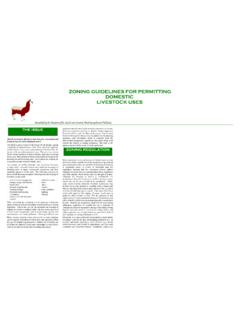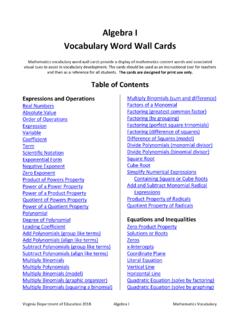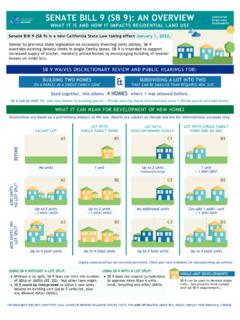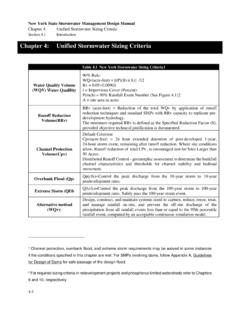Transcription of NFPA 30A -2018 Edition Code for Motor Fuel Dispensing ...
1 nfpa 30A -2018 Edition Code for Motor Fuel Dispensing Facilities and Repair Garages TIA Log No.: 1295 Reference: and Comment Closing Date: October 19, 2017 Submitter: Scott Hempy, Filld, Inc. 1. Revise to read as follows: Mobile fueling shall not take place within m (25 ft) of buildings, property lines, or combustible storage. For vehicles complying with (2) or (3), mobile fueling shall not take place within m (10 ft) of buildings, property lines, or combustible storage. The authority having jurisdiction is authorized to decrease separation distances for mobile fueling from metal safety cans. 2. Revise to read as follows: Mobile fueling and delivery vehicle parking shall be prohibited in buildings, in covered parking structures, on public streets, and on public ways.
2 With the approval of the authority having jurisdiction, vehicles complying with (2) or (3) shall be permitted to conduct mobile fueling operations on public streets or public ways if members of the public are not present and the mobile fueling vehicle does not block or otherwise interfere with vehicle traffic. Substantiation: The recently adopted setback distances from property lines and buildings provided in Section of nfpa 30A do not differentiate setback requirements based on mobile fueling vehicle tank size and the setback distances are also somewhat contradictory with requirements that currently exist in this and other codes. In the recently added Chapter 14 of nfpa 30A mobile fueling vehicles meeting the definition of Section (b) and having tanks that do not exceed 110 gallons are subject to the same setback requirements as 1200 gallon tank vehicles that meet the definition of Section (a).
3 Other codes, such as nfpa 30, provide setback requirements for fuel storage tanks that differentiate based on tank size. In addition, permissible locations for Motor fuel Dispensing devices are provided in the International Fire Code (IFC) and nfpa 30A. The requirements for setback distances from 110 gallon fuel tanks and Dispensing devices to property lines and buildings provided in these codes range from 5 to 10 feet (except for Section from the IFC, which specifies a setback of 15 feet from tanks that are larger than 110 gallons), which is less than the current 25 foot setback distance in Section of nfpa 30A. Specific references from relevant codes are as follows (bold and italic font has been added for emphasis): International Fire Code.
4 Section of the 2015 IFC requires that Dispensing devices be located 10 feet or more from lot lines and buildings having combustible exterior wall surfaces or buildings having non-combustible exterior wall surfaces that are not part of a 1-hour fire resistance-rated assembly or buildings having combustible overhangs. Table (1) and Table (2) of the 2015 IFC require that processing vessels with emergency relief venting and containing of 275 gallons or less of flammable or combustible liquids be located five feet from property lines and important buildings. Section of the 2015 IFC permits Dispensing of Class II and III fuels from tank vehicles at construction sites as long as it is not within 15 feet of buildings, property lines, and combustible storage.
5 (Filld note - this applies to tank vehicles which are significantly larger than the 110 gallon tanks addressed by this proposed change). nfpa 30. Table (a) and Table (b) of nfpa 30-2015 require that unprotected above ground storage tanks of 275 gallons or less be located ten feet from property lines and five feet from important buildings. nfpa 30A. Section of the nfpa 30A-2015 requires that Dispensing devices be located 10 feet or more from property lines and buildings having combustible exterior wall surfaces or buildings having non-combustible exterior wall surfaces that are not part of a 1-hour fire resistance-rated assembly or buildings having combustible overhangs. The proposed modification to Section is consistent with other published requirements for similar storage and Dispensing activities and will meet the safety intent of the code in regards to protecting adjacent buildings or properties from fire.
6 The recently added requirements on mobile fueling on public streets and public ways in Chapter are motivated by concerns over potential scenarios such as a vehicle collision with a mobile fueling vehicle or the ignition of gasoline vapors from a nearby ignition source. The proposed modification to the requirements for mobile fueling on public streets and public ways will address these concerns by giving the AHJ more authority to authorize mobile fueling operations in areas. This will provide for the public safety while at the same time not severely limiting mobile fueling operations. parking mobile fueling vehicles on streets and in the path of traffic will present an increased risk of a Motor vehicle collision involving the mobile fueling vehicle.
7 Certain mobile fueling companies are currently in the practice of parking mobile fueling vehicles in parking spaces on public streets while fueling a vehicle that is also parked on the same public street or is parked in a private driveway. If the mobile fueling vehicle does not obstruct the flow of traffic, this practice poses a reduced risk of a vehicle collision and it is recommended that this type of mobile fueling activity be allowed to continue. The potential for ignition of gasoline vapor will always exist whenever fueling of gasoline vehicles occurs, whether at traditional gas stations or through mobile fueling operations. Potential ignition sources on public streets can include pedestrians smoking cigarettes, hot work activities, open flames, outdoor cooking fires, and barbeques.
8 These types of ignition sources can be identified by mobile fueling operators and?. The potential for ignition can be reduced if fuel is dispensed by trained operators (training is required per section nfpa 30A -2018 ) who only perform mobile fueling operations when members of the public are not present and no identifiable ignition sources are present. Mobile fueling operations involving gasoline are currently occurring in many US states with no reported fire incidents to date. In addition, Section and Section of the 2015 IFC permit the Dispensing of diesel fuel from tank vehicles at construction sites, commercial, industrial, and manufacturing sites, including areas that are publicly accessible but limited to times when the public is not present.
9 Some states have adopted the IFC but modified Section to allow Dispensing of Class 1 fuels, including gasoline. These Dispensing operations have been estimated to deliver 500 million gallons of fuel annually with no known adverse fire incident history (2015 IFC Code and Commentary, Section ). The proposed modification to Section will provide protection against vehicle collisions involving a mobile fueling vehicle and limit the possibility of an ignition event involving gasoline vapors during mobile fueling activities. Emergency Nature: The proposed TIA intends to correct a circumstance in which the revised nfpa Standard has resulted in an adverse impact on a product or method that was inadvertently overlooked in the total revision process or was without adequate technical (safety) justification for the action.
10 There are currently multiple companies across multiple states that are engaged in mobile fueling operations. Chapter 14 was introduced into the 2018 Edition of nfpa 30A in an attempt to provide some appropriate regulations to an industry that is largely self-regulated. The requirements outlined in Sections and do not have adequate technical justification will result in an adverse impact on this industry.. These requirements will prohibit several companies from providing service to their customers going forward and will cause several mobile fueling companies to be forced to go out of business. The requirements seek to address a potential threat that has not resulted in any adverse fire incidents to date and the proposed requirements are in excess of what is required for similar fueling and storage operations in other relevant codes.
